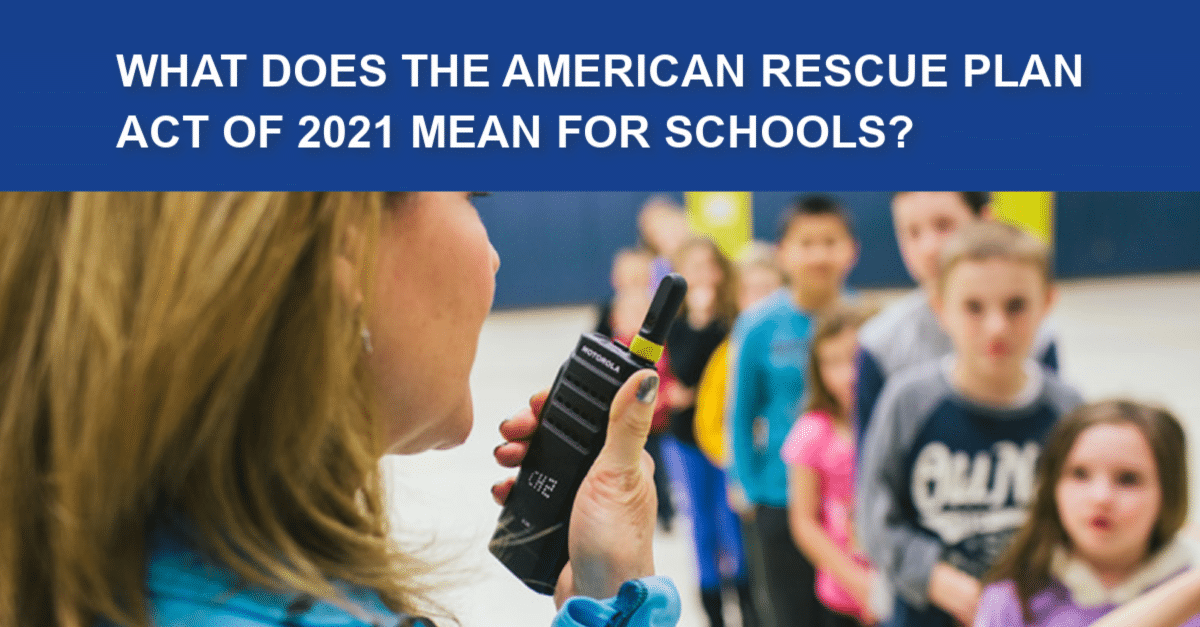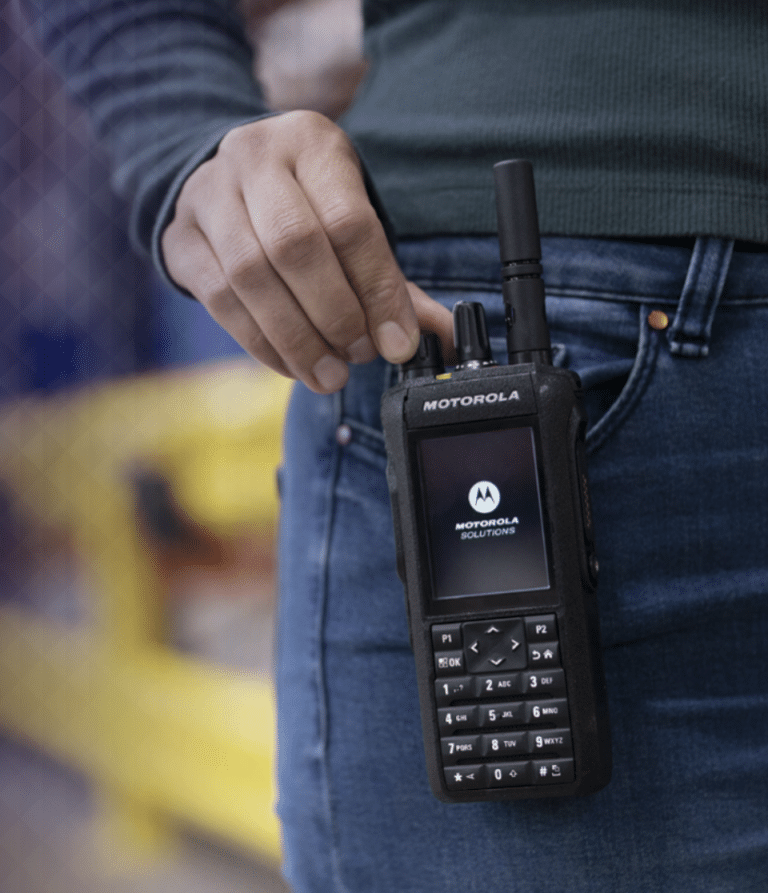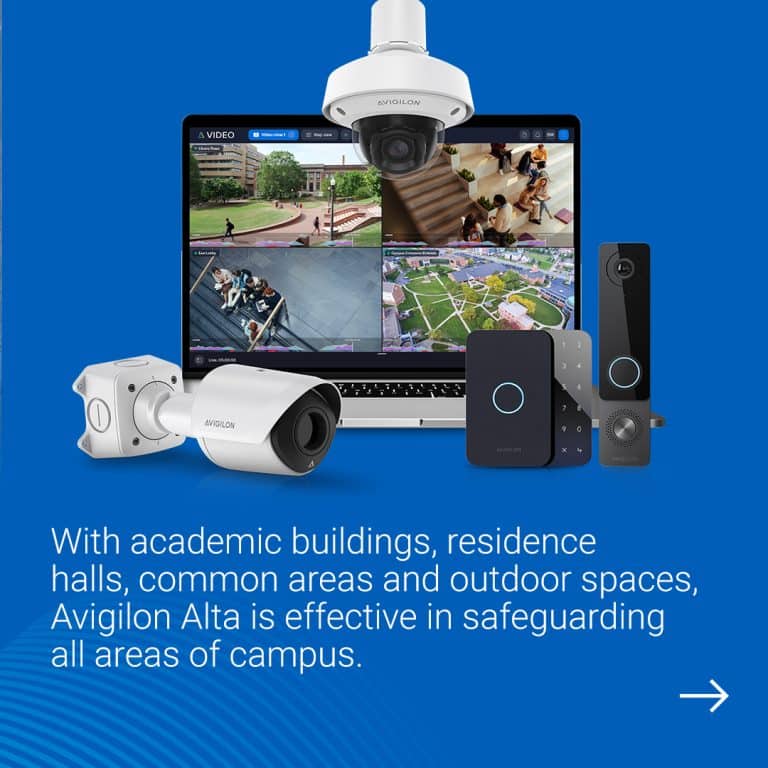President Biden’s $1.9 trillion COVID-19 American Rescue Plan will be signed into law this Friday, March 12, 2021, following its passage in the House Wednesday, March 10. The American Rescue Plan dedicates an additional $170 billion to K-12 schools and higher education institutions to help them serve more students and safely reopen.
The original CARES Act approved in March 2020, created an Education Stabilization Fund to distribute $30.75 billion across four specific grant programs:
1. Elementary and Secondary School Emergency Relief Funds (ESSER II)
2. Higher Education Emergency Relief Funds (HEER II)
3. Governor’s Emergency Education Relief Funds (GEER II)
4. Education Stabilization Discretionary Funds (ESF-REM)
An additional $81.9 billion was dedicated to the Education Stabilization Fund on December 27, 2020, when the Coronavirus Response and Relief Supplemental Appropriations Act, 2021 (CRRSA Act) was signed into law.
While the December funding was a start, it was still not sufficient to address the unprecedented challenges COVID-19 has caused K-12 schools and higher education institutions. The additional $170 billion in the American Rescue Plan opens the door for schools to safely reopen and close the digital divide.
The Education Stabilization Fund grant programs are administered through the U.S. Department of Education and are intended to support efforts by states, schools, and institutions of higher learning to prevent, prepare for, and respond to the COVID-19 pandemic. Each has a different focus and is subject to different eligibility requirements.
ALLOWABLE USES OF NEW RESCUE PLAN FUNDS
The law allows school districts to spend their Education Stabilization Funds however they choose a broad range of things, including communications devices, wi-fi signal boosters, and broadband wireless networks.
Guidelines outlined in H.R.1319 – American Rescue Plan Act of 2021:
(A) Any activity authorized by the Elementary and Secondary Education Act of 1965.
(B) Any activity authorized by the Individuals with Disabilities Education Act.
(C) Any activity authorized by the Adult Education and Family Literacy Act.
(D) Any activity authorized by the Carl D. Perkins Career and Technical Education Act of 2006.
(E) Coordination of preparedness and response efforts of local educational agencies with State, local, Tribal, and territorial public health departments, and other relevant agencies, to improve coordinated responses among such entities to prevent, prepare for, and respond to coronavirus.
(F) Providing principals and other school leaders with the resources necessary to address the needs of their individual schools.
(G) Activities to address the unique needs of low-income children or students, children with disabilities, English learners, racial and ethnic minorities, students experiencing homelessness, and foster care youth, including how outreach and service delivery will meet the needs of each population.
(H) Developing and implementing procedures and systems to improve the preparedness and response efforts of local educational agencies.
(I) Training and professional development for staff of the local educational agency on sanitation and minimizing the spread of infectious diseases.
(J) Purchasing supplies to sanitize and clean the facilities of a local educational agency, including buildings operated by such agency.
(K) Planning for, coordinating, and implementing activities during long-term closures, including providing meals to eligible students, providing technology for online learning to all students, providing guidance for carrying out requirements under the IDEA, and ensuring other educational services can continue to be provided consistent with all Federal, State, and local requirements.
(L) Purchasing educational technology (including hardware, software, and connectivity) for students who are served by the local educational agency that aids in regular and substantive educational interaction between students and their classroom instructors, including low-income students and children with disabilities, which may include assistive technology or adaptive equipment.
(M) Providing mental health services and supports.
(N) Planning and implementing activities related to summer learning and supplemental after-school programs, including providing classroom instruction or online learning during the summer months and addressing the needs of low-income students, children with disabilities, English learners, migrant students, students experiencing homelessness, and children in foster care.
(O) Addressing learning loss among students, including low-income students, children with disabilities, English learners, racial and ethnic minorities, students experiencing homelessness, and children and youth in foster care, of the local educational agency, including by—
(i) administering and using high-quality assessments that are valid and reliable, to accurately assess students’ academic progress and assist educators in meeting students’ academic needs, including through differentiating instruction;
(ii) implementing evidence-based activities to meet the comprehensive needs of students;
(iii) providing information and assistance to parents and families on how they can effectively support students, including in a distance learning environment; and
(iv) tracking student attendance and improving student engagement in distance education.
(P) School facility repairs and improvements to enable operation of schools to reduce risk of virus transmission and exposure to environmental health hazards, and to support student health needs.
(Q) Inspection, testing, maintenance, repair, replacement, and upgrade projects to improve the indoor air quality in school facilities, including mechanical and non-mechanical heating, ventilation, and air conditioning systems, filtering, purification, and other air cleaning, fans, control systems, and window and door repair and replacement.
(R) Developing strategies and implementing public health protocols including, to the greatest extent practicable, policies in line with guidance from the Centers for Disease Control and Prevention for the reopening and operation of school facilities to effectively maintain the health and safety of students, educators, and other staff.
(S) Other activities that are necessary to maintain the operation of and continuity of services in local educational agencies and continuing to employ existing staff of the local educational agency.
IMPORTANT DEADLINES
The Department of Education may award funds to eligible entities without requiring them to submit an application, however, Higher Education Institutions that did not receive HEER funding under the CARES Act must submit an application for HEER II funds by April 15, 2021.
EMERGENCY BROADBAND BENEFIT
The recently approved #EmergencyBroadbandBenefit relief legislation allocates $65 million toward broadband mapping, which is the only way we can find the true gaps in connectivity. Learn more>>
ADDITIONAL RESOURCES
The CDC’s K-12 Schools COVID-19 Mitigation Toolkit includes resources, tools, and checklists to help school administrators and school officials prepare schools for in-person instruction.






